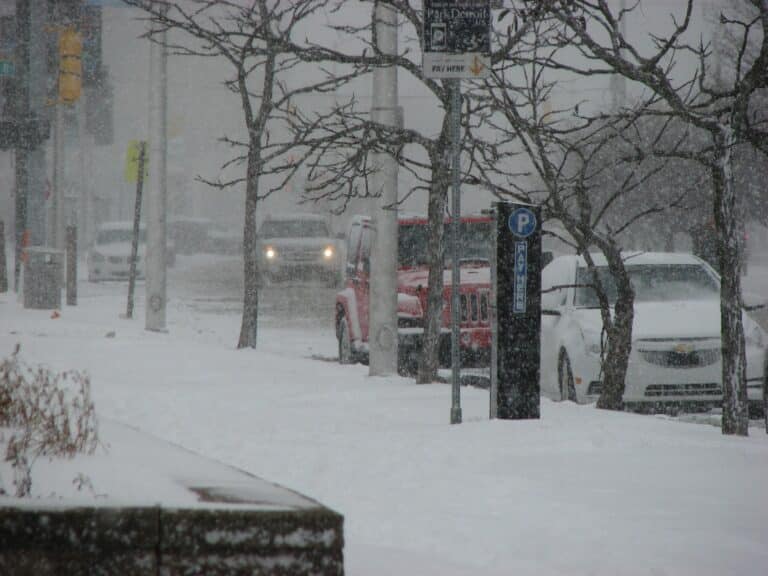Storms have been hitting hard across the US this winter with heavy snowfall and record low temperatures. Has your energy bill felt the pinch? There are a number of small things you can do to reduce your expenses at little or no cost to you. Here are some tips to save money on energy costs this winter:
Thermostats
The most obvious way to save money on energy costs is to properly manage your thermostat. If your home is empty during the day, it only needs minimal heating. At night when everyone is sleeping, the temperature can be lower than during waking hours. A programmable thermostat is one of the best investments you can make for your home, and with new technology, baseline models can be found for less than $40.
Insulation
Head up to the attic and take a look at your insulation. Because heat rises, you could be spending a fortune keeping your attic warm in the winter if you have minimal insulation, if it has deteriorated, or if you have gaps. A good rule of thumb is to check your ceiling joists. If you can see them, you need more insulation.
Cracks and gaps in windows
Cold air can seep through closed windows from gaps, cracked or deteriorated caulking around the frame, and cracked glass. Storm windows are an excellent investment that will save you money on heating costs, but if you are on a budget, consider re-caulking and weatherstripping the windows.
Let in the sun
Even when it’s cold, the sun radiates heat through windows, warming your house. Keep your window coverings open to sunshine, but don’t forget to close them once the sun’s rays have moved.
Air vents
Close the air vents in rooms that aren’t being used. This saves you money by not continuously heating empty rooms.
Reverse fan flow
Most ceiling fans have a reverse, or clockwise, position for winter use. The reversed airflow pushes the warmer air, which rises to the ceiling, down the walls, and into the room. This process can reduce heating costs by better dispersing the warm air already in the home.
Furnace air filters
A dirty air filter slows down airflow, causing your furnace to use up more energy to heat your home.
Install foam-insulating sheets or gaskets behind exterior wall outlets and switch-plates
This traps exterior cold air and keeps it from leaking into your home.
Hot water heater tank
Sediment from your household water can settle at the bottom of a water heater and accumulate. This affects the heater’s efficiency, which can lead to increased energy bills and possible damage. There are multiple resources online which outline the steps to drain and flush a hot water heater.
Door drapes and sweeps
Heat escapes from your home and cold air seeps in through the hairline cracks between a door and its frame. Weatherstripping your door or installing a storm door is the best way to combat the drafts; however, a simple, cost-effective method is to hang fabric over the door to block the access. Place towels or other fabric blockades at the base of the door to keep drafts from underneath, and if it is a door that is not regularly used, consider taping it shut for a better seal.
Thick socks
Did you know that cold enters your body very easily through your feet? Warm socks are an excellent way to stay warm in the winter without cranking up your thermostat. Add a blanket and a cup of hot cocoa, and you are set!
